 I recently had the chance to taste wine, over dinner, with the Shirvingtons. The namesakes of this Australian Winery were in the United States for the first time in many years showing off their wines. Lucky for me they brought quite a treasure trove of goodies to share.
Lynne and Paul Shirvington started down the wine road in 1995. Their aim was for a simpler existence as farmers, and thus they decided that growing grapes would provide the life they were looking for and the challenges they craved. Between 1996 and 2001 they purchases 3 parcels of land. Their vineyard manager Peter Bolte has been with them since 1997 and their winemaker Kim Jackson since 2004. Starting with the 2001 vintage they have made wines that have garnered significant attention and acclaim. I was quite curious to sample their wines as I had not previously done so. It’s generally instructive to do so with the folks responsible and the Shirvingtons were no exception. In addition to founders Peter and Lynne their son Mark was in attendance as well. Their pride in their wines was clear as was their hospitality and charm.
I recently had the chance to taste wine, over dinner, with the Shirvingtons. The namesakes of this Australian Winery were in the United States for the first time in many years showing off their wines. Lucky for me they brought quite a treasure trove of goodies to share.
Lynne and Paul Shirvington started down the wine road in 1995. Their aim was for a simpler existence as farmers, and thus they decided that growing grapes would provide the life they were looking for and the challenges they craved. Between 1996 and 2001 they purchases 3 parcels of land. Their vineyard manager Peter Bolte has been with them since 1997 and their winemaker Kim Jackson since 2004. Starting with the 2001 vintage they have made wines that have garnered significant attention and acclaim. I was quite curious to sample their wines as I had not previously done so. It’s generally instructive to do so with the folks responsible and the Shirvingtons were no exception. In addition to founders Peter and Lynne their son Mark was in attendance as well. Their pride in their wines was clear as was their hospitality and charm.
In total we tasted five vintages of Shiraz and four of Cabernet Sauvignon. The fruit was sourced from their own vineyards. So the first step in consistency is controlling their source. Of course there is plenty of vintage variation between them. Tasting the wines side by side was an eye opener into their winemaking style and their track record as a producer. So while there was plenty to differentiate the wines I was struck by the positive attributes they have in common. There is a trio of things that most impressed me about the Shirvington wines as a whole.
The first is the balance and restraint both the Cabernet Sauvignon and Shiraz showed across each of the vintages. While these are by no means small wines, their heft is quite reasonable. The flavors are mouth-filling, even a bit relentless in their attack at times, but never over the top. Despite alcohol levels well over 15% on almost every offering, not a single one belied any discernable heat. Considering all the disproportionate wine from the world over, that is certainly no small feat.
The second thing that made me really take notice in these wines is their persistence and duration of palate. From the first whiff of the expressive nose through what is an above average finish on each of them, they’re profiles are notably lengthy
Age ability is another other quality about the Shirvington wines that stands out above most others. These wine have the legs to last quite awhile. The oldest wines we tasted were from their second vintage, 2002 and the youngest from 2008. The oldest wines were amazing; particularly in how much fresh fruit they still showed. It would have been very difficult to pick up that the Shiraz was an 8 year old wine. It speaks really well to the small lot, terroir driven approach they employ to make their wines. The older Cabernet was also very good, but showed more of the hallmark signs of an offering with some age on it. It’s hard to say precisely how long these wines will go but at 8 years old now they surely have a couple years more left to go, at the very least. The younger wines which benefited from additional aeration over the course of the evening have the same overall structure and characteristics to indicate that they will have a similar shelf life; perhaps even more as the vines gain age and they learn more and more about them over time.
It’s important to note, as I referenced above, that while there are many qualitative similarities between these wines, the vintage rules they day. The Shirvingtons are keen about making wines that speak very specifically about their place of origin in McLaren Vale. And even that very specific spot has different things to say each year. Weather is of course a huge factor and there have been some vintages affected to different degrees by drought. The Shirvingtons are extremely committed to overall quality; in fact if the fruit isn’t up to their standard they simply won’t make the particular wine that year.
The proof is in the bottle. For me the bottom line is the wine, and it’s clear when it comes to that they’re making all the right decisions. These are world class examples of Australian Shiraz and Cabernet Sauvignon respectively. Current vintages have a suggested retail price of $66.99 (Shiraz) and $59.99 (Cabernet Sauvignon). Whether you pick some up to knock your friends out today or you want to lay down some wine for the next decade, the Shirvington offerings are selections you should strongly consider.
 When I think of white offerings from Spain the first thing that comes to mind is Albariño. Even though it doesn’t get nearly as much attention, Viura is a close second for me. This is due to the number of well priced, crisp refreshing whites produced from it. El Coto de Rioja has been making wine in Spain since 1970. Their first release was five years later. Their wines are produced using both estate vineyards and fruit sourced from their neighbors in Rioja. Today I’ll look at their current release of Blanco.
The El Coto de Rioja 2009 Blanco was produced using grapes from Rioja Alavesa, a sub-region of Rioja. This selection is 100% Viura, a native varietal. Fermentation occurred over 15 days in stainless steel tanks. Aging then took place in neutral oak casks. The suggested retail price for this wine is $9.99.
When I think of white offerings from Spain the first thing that comes to mind is Albariño. Even though it doesn’t get nearly as much attention, Viura is a close second for me. This is due to the number of well priced, crisp refreshing whites produced from it. El Coto de Rioja has been making wine in Spain since 1970. Their first release was five years later. Their wines are produced using both estate vineyards and fruit sourced from their neighbors in Rioja. Today I’ll look at their current release of Blanco.
The El Coto de Rioja 2009 Blanco was produced using grapes from Rioja Alavesa, a sub-region of Rioja. This selection is 100% Viura, a native varietal. Fermentation occurred over 15 days in stainless steel tanks. Aging then took place in neutral oak casks. The suggested retail price for this wine is $9.99.
 When it comes to red wine from Tuscany the first thing that springs to mind is Sangiovese. That Italian grape is responsible for some of the world’s very best wines. For a number of years now international varietals have of course also made a foothold there. Today I’ll look at a blend that combines the local and the international; most often these are referred to as Super Tuscans.
The
When it comes to red wine from Tuscany the first thing that springs to mind is Sangiovese. That Italian grape is responsible for some of the world’s very best wines. For a number of years now international varietals have of course also made a foothold there. Today I’ll look at a blend that combines the local and the international; most often these are referred to as Super Tuscans.
The  I’ve gone back to the wines of
I’ve gone back to the wines of  It’s been awhile since I looked at any wines from
It’s been awhile since I looked at any wines from  I’ve written about wines from
I’ve written about wines from 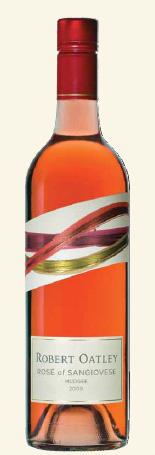 Today I’m going to take a look at three more wines that are perfectly suited for warm weather drinking. These selections are all from
Today I’m going to take a look at three more wines that are perfectly suited for warm weather drinking. These selections are all from 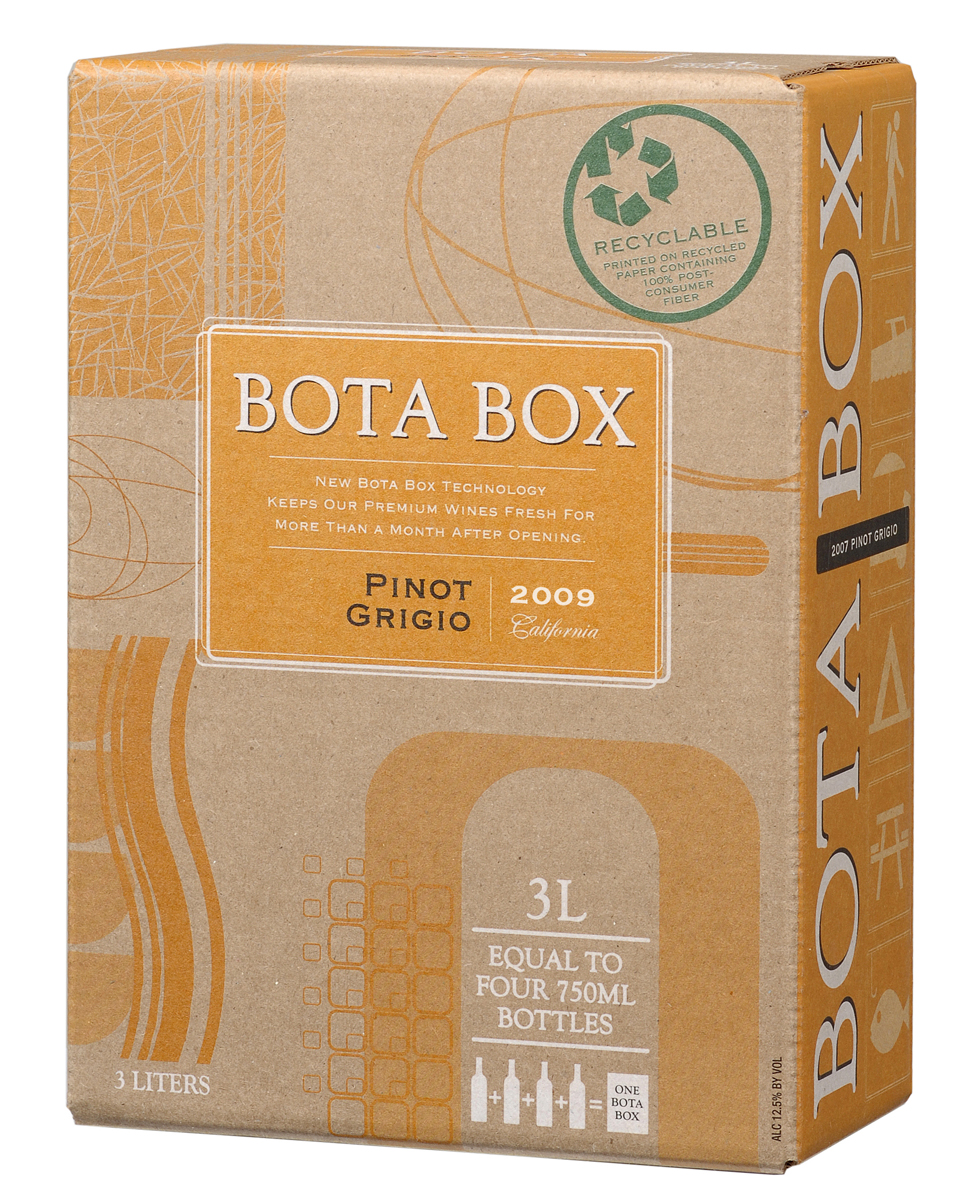 Over the last few years the image of non-traditionally packaged wine has started to shift. It’s no longer a given that wine coming in something other than a 750 ml bottle is of lesser quality. One delivery method that’s made a big turn is the box. What was once the bastion of cheap bulk wine has in some cases come to represent solid value and environmental friendliness. Today I’ll look at a selection from
Over the last few years the image of non-traditionally packaged wine has started to shift. It’s no longer a given that wine coming in something other than a 750 ml bottle is of lesser quality. One delivery method that’s made a big turn is the box. What was once the bastion of cheap bulk wine has in some cases come to represent solid value and environmental friendliness. Today I’ll look at a selection from 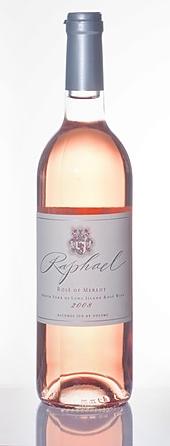 With Memorial Day weekend here, Rosé drinking season has officially begun in earnest. At the very least I know that’s true at my house. For me dry Rosé is one of the simple joys of warm weather. I took some time this week to try some Rosés from New York; Long Island to be more specific. Over the last few years there has been more and more acclaim for Long Island wines. The history of winemaking there dates to 1973. At that time there were 17 acres under vine, today there are 3,000. Total case production for Long Island is 500,000. Here are my thoughts about the Long Island Rosé’s I looked at this time out.
First up is a selection from
With Memorial Day weekend here, Rosé drinking season has officially begun in earnest. At the very least I know that’s true at my house. For me dry Rosé is one of the simple joys of warm weather. I took some time this week to try some Rosés from New York; Long Island to be more specific. Over the last few years there has been more and more acclaim for Long Island wines. The history of winemaking there dates to 1973. At that time there were 17 acres under vine, today there are 3,000. Total case production for Long Island is 500,000. Here are my thoughts about the Long Island Rosé’s I looked at this time out.
First up is a selection from  I recently had the chance to taste wine, over dinner, with the
I recently had the chance to taste wine, over dinner, with the  Something about Sunday says Sparkling wine. And so I chilled a few that were sitting on my desk and popped them open. After tasting them it turns out that one of them was of particular interest to me and hopefully it will be to you as well. The wine in question is a sparkling Grüner Veltliner. I’ve been sampling different examples of Grüner every chance I get so the opportunity to sample a sparkling one was welcome. It also turned out to be the best of the batch of wines I went through today.
The Sektellerei Szigeti Grüner Veltliner NV Brut was produced using fruit sourced at a vineyard surrounding Lake Neusiedl; it sits approximately 328 feet above sea level. This Sparkling Wine is 100% Grüner Veltliner. The Sziget was made using traditional methods. Fermentation occurred in stainless steel. This was followed by 9-15 months of aging on yeast. This selection has a suggested retail price of $25.
Something about Sunday says Sparkling wine. And so I chilled a few that were sitting on my desk and popped them open. After tasting them it turns out that one of them was of particular interest to me and hopefully it will be to you as well. The wine in question is a sparkling Grüner Veltliner. I’ve been sampling different examples of Grüner every chance I get so the opportunity to sample a sparkling one was welcome. It also turned out to be the best of the batch of wines I went through today.
The Sektellerei Szigeti Grüner Veltliner NV Brut was produced using fruit sourced at a vineyard surrounding Lake Neusiedl; it sits approximately 328 feet above sea level. This Sparkling Wine is 100% Grüner Veltliner. The Sziget was made using traditional methods. Fermentation occurred in stainless steel. This was followed by 9-15 months of aging on yeast. This selection has a suggested retail price of $25.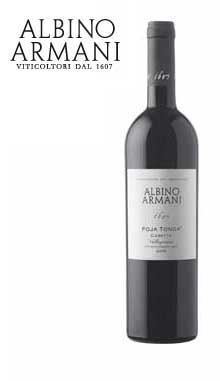 Recently I had the chance to taste some wines from
Recently I had the chance to taste some wines from  My time in Napa is always precious. This most recent trip, a few weeks back, it was particularly so. While I was spending nine days in wine country tasting, only one was in Napa Valley. Spending one day in Napa feels like an eye blink to me, so I planned the day as well and carefully as I could. A couple of friends were going to be with me for the whole day so whatever I planned they’d be in on, something for me to be mindful of as I planned. When I was presented with the opportunity to meet Suzanne Phifer Pavitt, taste her wine and have dinner with her, I took the chance. Even though the day was already pretty full, and I was unfamiliar with her or her wine it seemed like exactly the sort of great opportunity with fortuitous timing that pops up on the best trips to Napa Valley. Without question I’m glad I did.
My friends and I met Suzanne at her property on the Silverado Trail. We got to see the
My time in Napa is always precious. This most recent trip, a few weeks back, it was particularly so. While I was spending nine days in wine country tasting, only one was in Napa Valley. Spending one day in Napa feels like an eye blink to me, so I planned the day as well and carefully as I could. A couple of friends were going to be with me for the whole day so whatever I planned they’d be in on, something for me to be mindful of as I planned. When I was presented with the opportunity to meet Suzanne Phifer Pavitt, taste her wine and have dinner with her, I took the chance. Even though the day was already pretty full, and I was unfamiliar with her or her wine it seemed like exactly the sort of great opportunity with fortuitous timing that pops up on the best trips to Napa Valley. Without question I’m glad I did.
My friends and I met Suzanne at her property on the Silverado Trail. We got to see the 





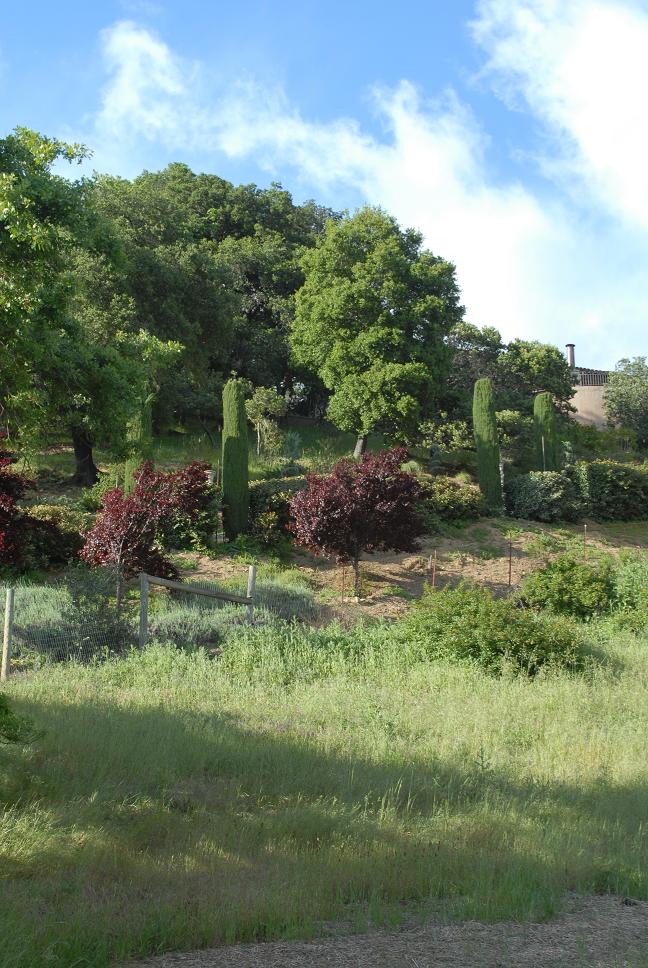
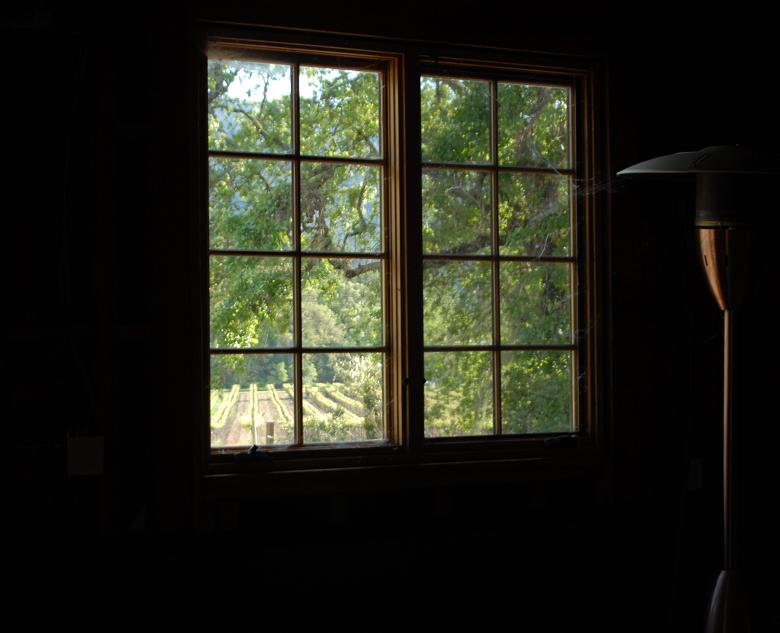
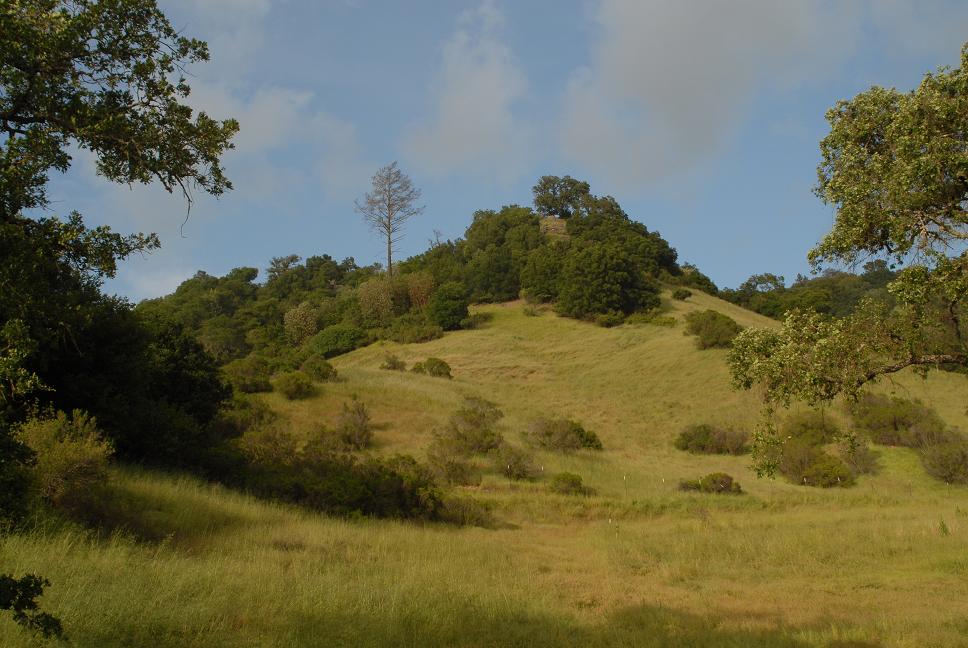




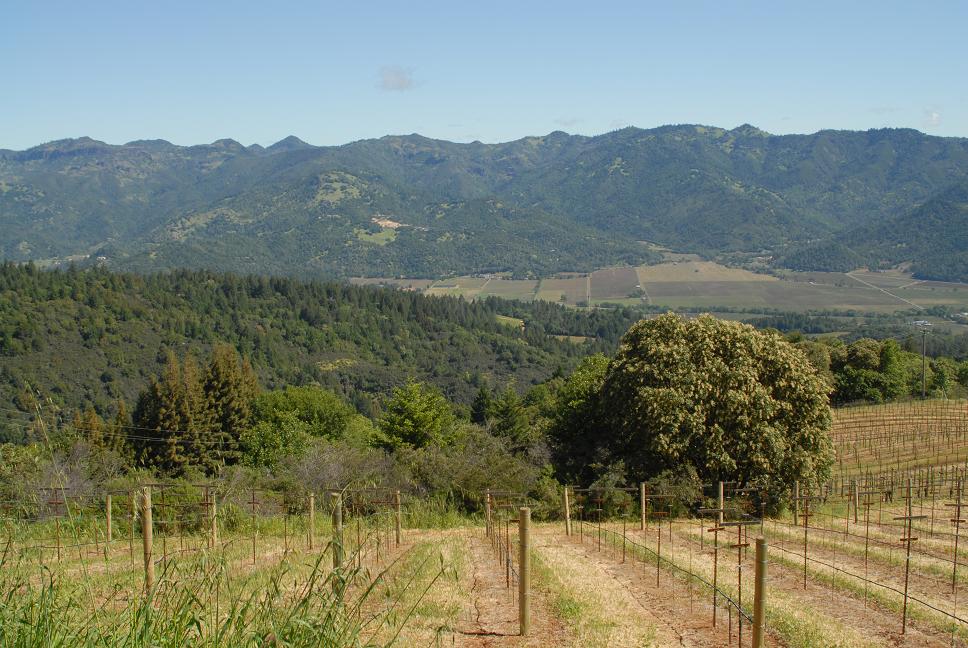

 Last week I had the opportunity to tour
Last week I had the opportunity to tour 











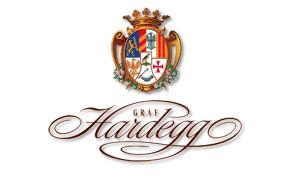 My coverage of Grüner Veltliner continues today with a selection from Graf Hardegg. This Austrian winery makes a bit more than 16,000 cases per year. 45% of their production is Grüner Veltliner. The other parts of their portfolio are also quite diverse. For example they currently stand as the only Austrian winery that produces Viognier as well as port. They’re located in the Weinviertel section of Austria about an hour north of Vienna.
The Graf Hardegg 2008 Grüner Veltliner vom Schloss was produced using hand harvested fruit This wine is 100% Grüner Veltliner. Fermentation took place over 25 days in a combination of stainless steel (75%) and large, new oak casks (25%). Bottling occurred in April of 2009. This selection has a suggested retail price of $20.
My coverage of Grüner Veltliner continues today with a selection from Graf Hardegg. This Austrian winery makes a bit more than 16,000 cases per year. 45% of their production is Grüner Veltliner. The other parts of their portfolio are also quite diverse. For example they currently stand as the only Austrian winery that produces Viognier as well as port. They’re located in the Weinviertel section of Austria about an hour north of Vienna.
The Graf Hardegg 2008 Grüner Veltliner vom Schloss was produced using hand harvested fruit This wine is 100% Grüner Veltliner. Fermentation took place over 25 days in a combination of stainless steel (75%) and large, new oak casks (25%). Bottling occurred in April of 2009. This selection has a suggested retail price of $20.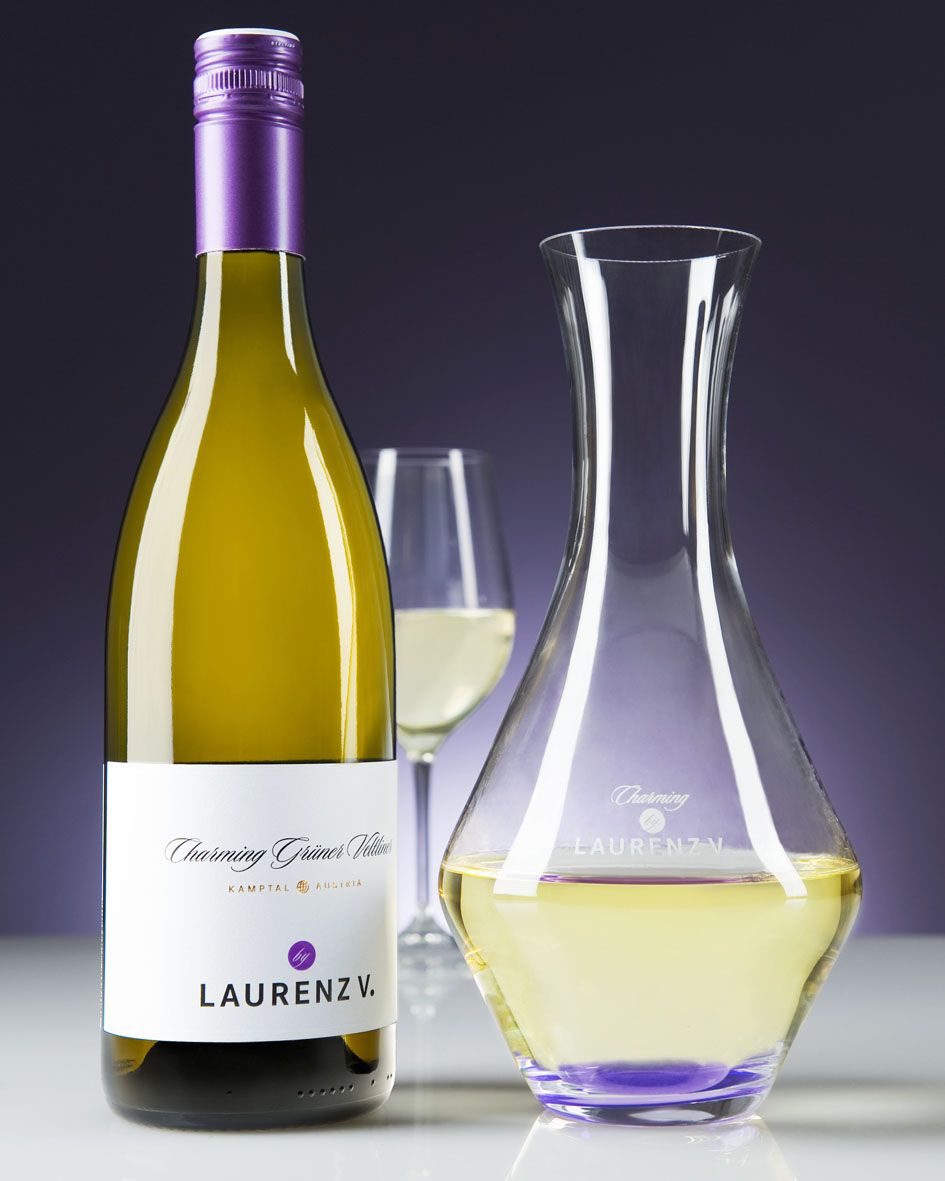 A couple of weeks back I looked at an entry-level Grüner Veltliner from Laurenz V. Today as I continue my quest to cover an increasing array of Austrian wines in 2010 I'll take a look at another selection from
A couple of weeks back I looked at an entry-level Grüner Veltliner from Laurenz V. Today as I continue my quest to cover an increasing array of Austrian wines in 2010 I'll take a look at another selection from 